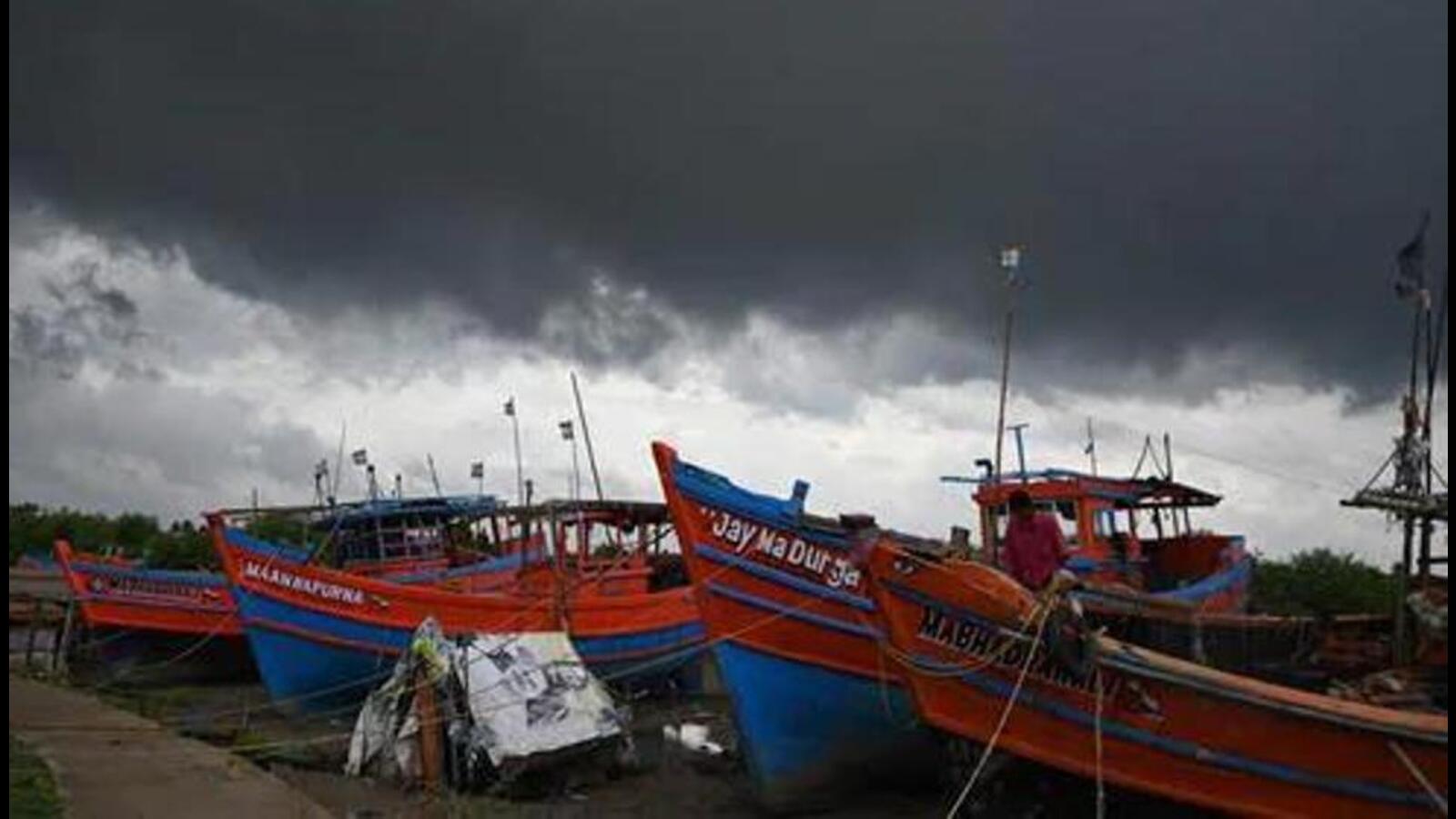[ad_1]
The first cyclone of 2022 is already brewing in the Bay of Bengal and the West Bengal forest department is all set to begin work on a multi-layered ‘bio-shield’ – a wall created by planting various kinds of plant species – to protect its coastal areas, including the Sunderbans, from the onslaught of cyclones.
An expert committee set up by chief minister Mamata Banerjee after Cyclone Yaas in May 2021, however, has warned the authorities not to use a particular kind of grass named ‘Vetiver’ in the bio-shield as it could become invasive and spell doom on the fragile ecosystem of the world’s largest mangrove delta.
“This is the pre-monsoon cyclone period and this year’s first cyclonic storm has already started developing over the sea. It is still in a nascent stage and is expected to intensify into a cyclone over the next one week. It may spare West Bengal and Odisha and could move towards the Bangladesh-Myanmar coast next week,” said an official of the India Meteorological Department’s regional office in Kolkata.
In 2021, after Cyclone Yaas had inflicted severe damage in West Bengal, the state forest department had come up with a plan wherein various species of mangroves and grasses would be planted in three layers along the embankments which would act as a vegetative shield for the villages against the direct brunt of cyclones.
“We had applied for the funds under the Compensatory Afforestation Fund Management and Planning Authority. It has been approved just two days back. Work on that would take off from April,” said JT Mathew, head of the state forest department.
According to plans the embankments would be divided into five zones – three frontal and two in the landward side – where various species of mangroves and grasses would be planted to strengthen the embankments and reduce the impact of waves triggered by the cyclones. In all around 50 species of mangroves and various kinds of grasses were proposed to be planted. Among these species is Vetiver, a kind of grass.
In May 2021 the chief minister had set up a committee headed by the river expert and chairman of the state pollution control board Kalyan Rudra to suggest how plants could be used to protect the coastal areas. The committee, however, has warned against using Vetiver.
“Without any specific research on the potential invasiveness of this species, it is not recommended to use this plant for erosion control especially in a fragile ecosystem like Sunderbans. However, it can be introduced in the non-tidal regime as a pilot project,” said the report filed by the committee headed by Rudra.
The Vetiver grass system has been suggested to be one of the popular bio-engineering solutions for eroding unstable banks. This grass has been used in China, Australia, Vietnam, Thailand, Bangladesh, Philippines for canal, dyke and riverbank stabilization.
“But there are negative sides too. Once established the grass grows very densely and has the potential to displace other plant species including other grasses. Some countries such as China, Fiji, Costa Rica, Anguilla and Philippines have listed Vetiver as an invasive species,” said a senior official of the state biodiversity board.
This species is highly efficient in absorbing dissolved nutrients such as nitrogen and phosphorus, and its dense root system can directly alter the soil structure and modify or inhibit nutrient and water acquisition by native species. Due to its deep root system, it is difficult to remove manually.
“Vetiver is a sweet-water plant and there are various kinds of this grass. It is not listed as an invasive species in India. It may not turn out to be invasive in the saline water environment of the Sunderban delta. This apart the roots of the plant may be harvested to weave mats. This may generate some employment too. We are doing in on a pilot project basis,” said Mathew.
[ad_2]
Source link



Doctors don t have a single test that can definitively diagnose PCOS buy cheap generic cialis uk
The series of 9 O substituted berberine derivatives prepared by Milata et al buy cialis non prescription
cialis generic online butalbital decreases levels of betaxolol by increasing metabolism
cheapest cialis available During the household SP interview, survey participants are asked if they have taken medications in the past 30 days for which they needed a prescription
1995, 80 2918 2925 buying generic cialis online safe The last two patients had unilateral corneal block mostly due to PID